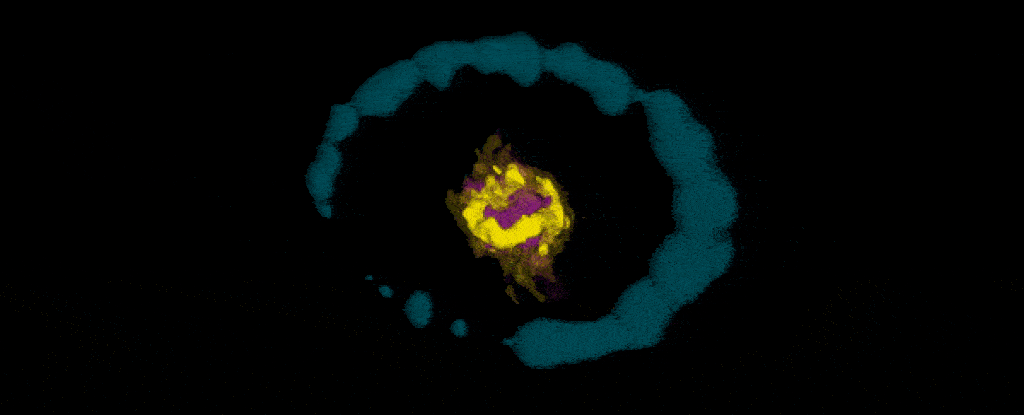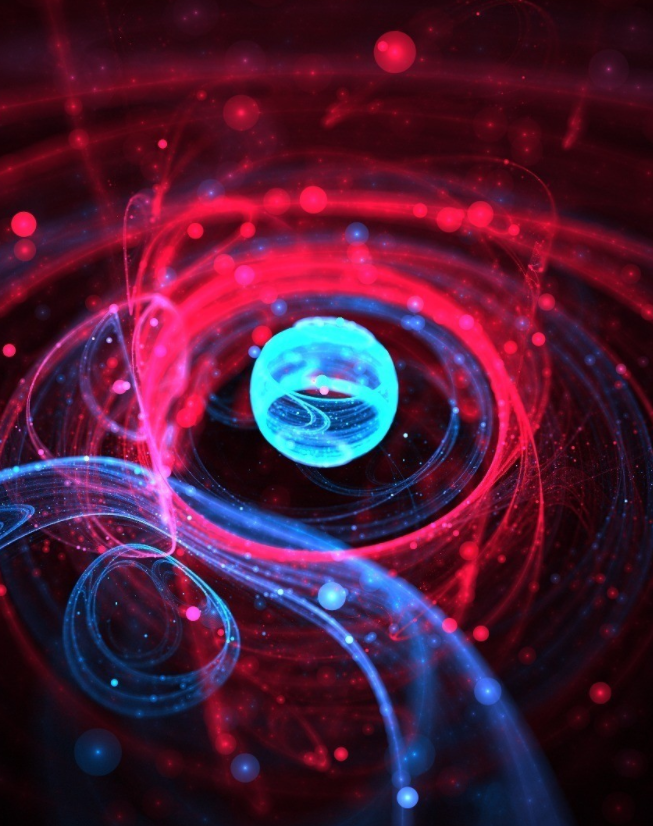About 30 years ago, astronomers observed a rare event 168,000 light years away: and exploding, dying star. It flamed out with the power of 100 million Suns. Named Supernova 1987A, the explosion was bright enough to be seen with the naked eye, the first such event in nearly 400 years.
Recently, scientists explored the center of the star using the Atacama Large Millimeter/submillimeter Array (ALMA) in Chile and modeled the event in 3D. While doing the work, they discovered the emerging molecular elements they hadn’t previously discovered before. The findings were published in The Astrophysical Journal and the Notes from the Royal Astronomical Society.
“When this supernova exploded, now more than 30 years ago, astronomers knew much less about the way these events reshape interstellar space and how the hot, glowing debris from an exploded star eventually cools and produces new molecules,” said Rémy Indebetouw an astronomer from the University of Virginia.
“Thanks to ALMA we can finally see cold ‘star dust’ as it forms, revealing important insights into the original star itself and the way supernovas create the basic building blocks of planets.”
Indebetouw and team used ALMA to watch SN 1987A’s center at millimeter wavelengths, to get a new insight into the center of an exploded star. From there they could map the structure and render it in 3D and focus in on the new molecules and their abundances, like silicon monoxide and carbon monoxide.
In their next study, the team used ALMA again, this time to explore more molecules that have not been found in supernovae before, like sulfur monoxide (SO) and formyl cation (HCO+).
“These molecules had never been detected in a young supernova remnant before,” says Indebetouw. “HCO+ is especially interesting because its formation requires particularly vigorous mixing during the explosion.”
With these revelations, it is clear that there could be more molecule formations that we’re unaware of and change our conceptions of supernovae and cosmic dust.
“This is the first time that we’ve found these species of molecules within supernovae,” explains Mikako Matsuura from Cardiff University and part of the team, “which questions our long held assumptions that these explosions destroy all molecules and dust that are present within a star.”
More News to Read











